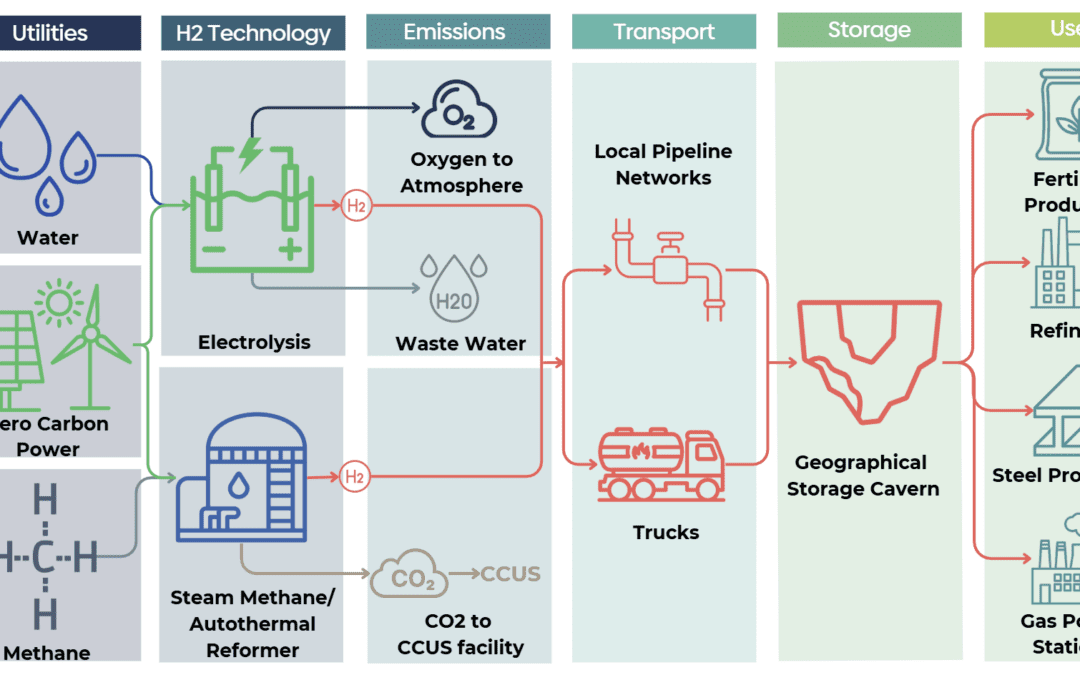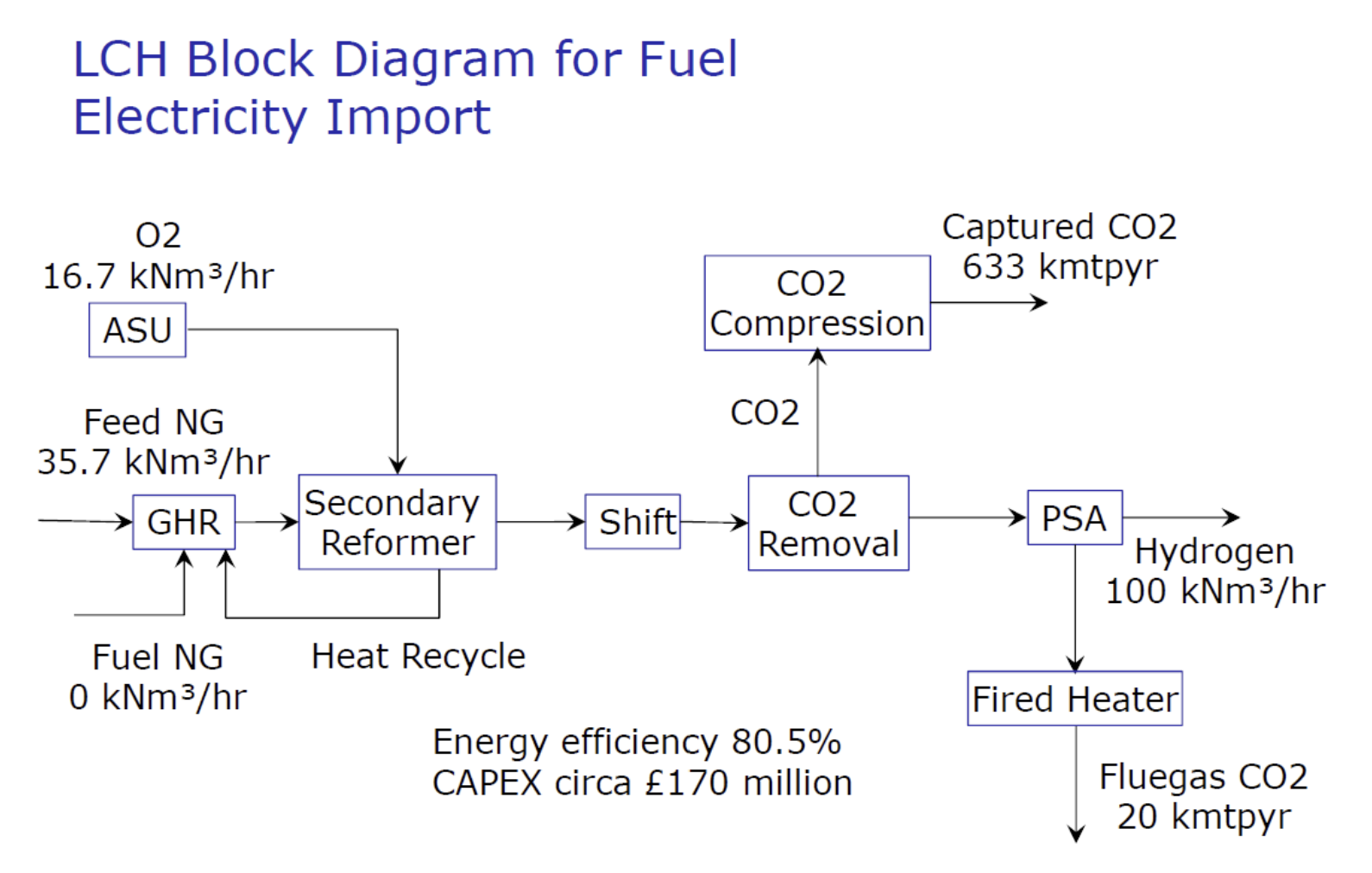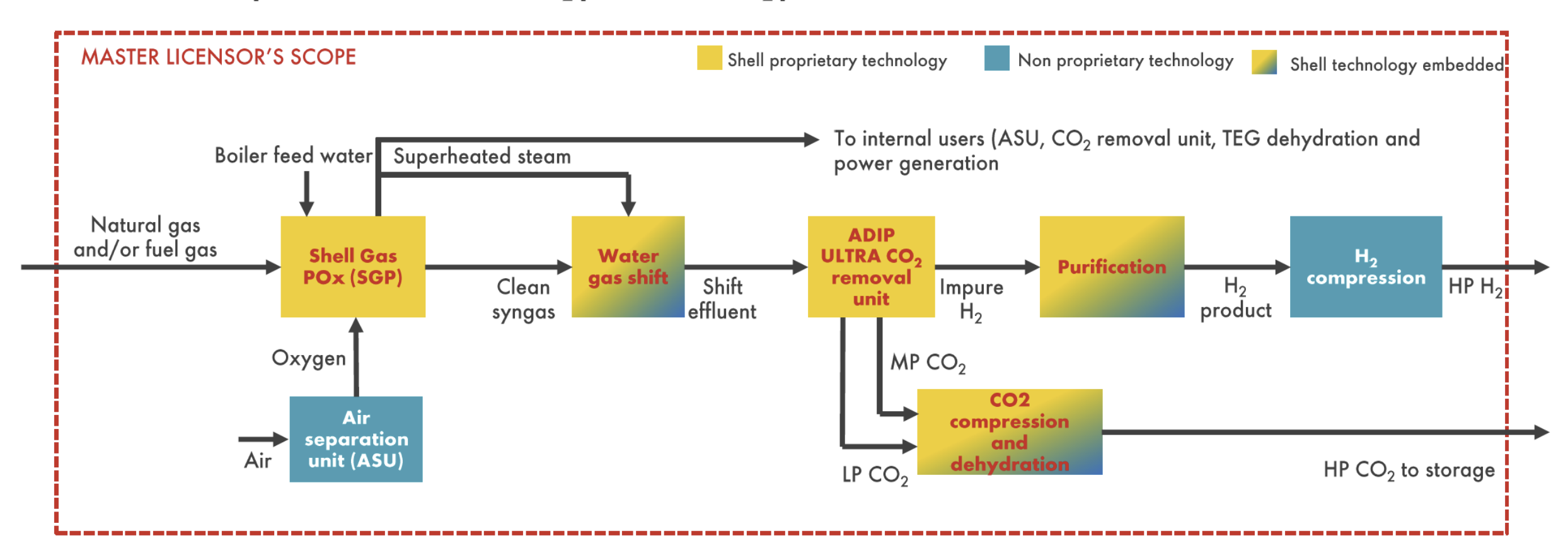Green hydrogen, produced through the electrolysis of water using renewable energy, is widely recognised as a vital player in the global shift towards a low-carbon economy. While hydrogen typically takes centre stage in these discussions, the substantial production of oxygen as a by-product remains largely overlooked. At Olsights, we believe understanding and leveraging this oxygen can significantly enhance the economic and environmental outcomes of green hydrogen projects.
The Scale of Oxygen Production
Electrolysis splits water into hydrogen and oxygen, generating roughly eight kilograms of oxygen for every kilogram of hydrogen produced. To put this into perspective, a single 1 MW electrolyser can produce approximately 160,570 cubic metres of oxygen annually. At a larger scale, a 345 MW electrolyser could generate around 72.8 million kilograms of oxygen each year.
As the hydrogen economy expands, managing this abundant oxygen effectively will become increasingly crucial to optimise both environmental impact and economic efficiency.
Safety Implications and Risk Management
Although essential for life, oxygen presents safety hazards in high concentrations. Oxygen-rich environments significantly increase fire risks, potentially turning non-combustible materials flammable, especially when mixed inadvertently with hydrogen. Ensuring safety in hydrogen production facilities is paramount, requiring meticulous monitoring of oxygen levels, robust ventilation systems, and specialised equipment to prevent hazardous gas mixtures.
At Olsights, we understand the critical need for stringent safety protocols and support facilities in implementing these necessary measures to maintain secure operations.
Economic Opportunities: Turning Oxygen from Waste into Revenue
Far from being just a waste product, high-purity oxygen has considerable commercial value. Industries such as healthcare, steel production, and wastewater treatment represent significant markets for captured oxygen. With bulk oxygen prices ranging from £55 to £75 per tonne, hydrogen facilities that capture and purify their oxygen by-product could generate substantial additional income, helping offset production costs and improve the competitiveness of green hydrogen.
Integrating oxygen capture technology into hydrogen production plants not only generates additional revenue but also reduces the overall cost of hydrogen production, supporting broader market adoption.
Environmental Benefits and Innovative Uses
Beyond economic gains, captured oxygen has environmental applications that contribute positively to sustainability goals. Oxygen-enriched water, for instance, can be used to revitalise aquatic ecosystems suffering from oxygen depletion, a condition known as eutrophication. Similarly, oxygen can enhance wastewater treatment processes, speeding up the breakdown of organic pollutants and improving environmental outcomes.
Blue Hydrogen and Oxygen Usage
While the focus is primarily on green hydrogen, it is noteworthy that oxygen also plays a vital role in blue hydrogen production through processes like Autothermal Reforming (ATR) and Shell’s Blue Hydrogen Process (SBHP).
Autothermal Reforming (ATR) combines two reactions to maintain the required process temperature:
- Steam reforming (CH₄ + H₂O → CO + 3H₂): Highly endothermic.
- Partial oxidation (CH₄ + ½O₂ → CO + 2H₂): Exothermic.
The oxygen-to-carbon ratio is critical, typically ranging from ~0.6 up to 1.0 or higher. Higher oxygen ratios increase heat generation but reduce efficiency due to greater methane combustion. Conversely, lower ratios risk insufficient temperatures and poor conversion.
Shell’s Blue Hydrogen Process (SBHP) focuses solely on partial oxidation (CH₄ + ½O₂ → CO + 2H₂), an exothermic reaction. SBHP generally requires slightly less oxygen compared to other processes, improving carbon-capture efficiency and simplifying process design, which offsets oxygen production costs. However, exact oxygen requirement figures for SBHP are typically undisclosed.
Strategic Recommendations for Maximising Oxygen’s Potential
To fully leverage the potential of oxygen from hydrogen production, Olsights recommends:
- Investing in Oxygen Capture and Storage Technologies: Facilitating safe capture, storage, and transportation of oxygen.
- Developing New Market Opportunities: Actively exploring industries with high oxygen demand to diversify revenue streams.
- Implementing Rigorous Safety Protocols: Ensuring robust safety measures to manage oxygen-related hazards effectively.
- Supporting Ongoing Research and Innovation: Encouraging exploration of novel applications and integration methods for oxygen capture.
Conclusion
Recognising and managing the oxygen by-product in hydrogen production is essential for maximising both environmental and economic benefits. At Olsights, we are committed to supporting the hydrogen sector in navigating these opportunities and challenges, helping to accelerate global progress towards a sustainable, net-zero future.
Let’s ensure oxygen doesn’t remain an untapped resource but becomes an integral part of a thriving green hydrogen economy.








